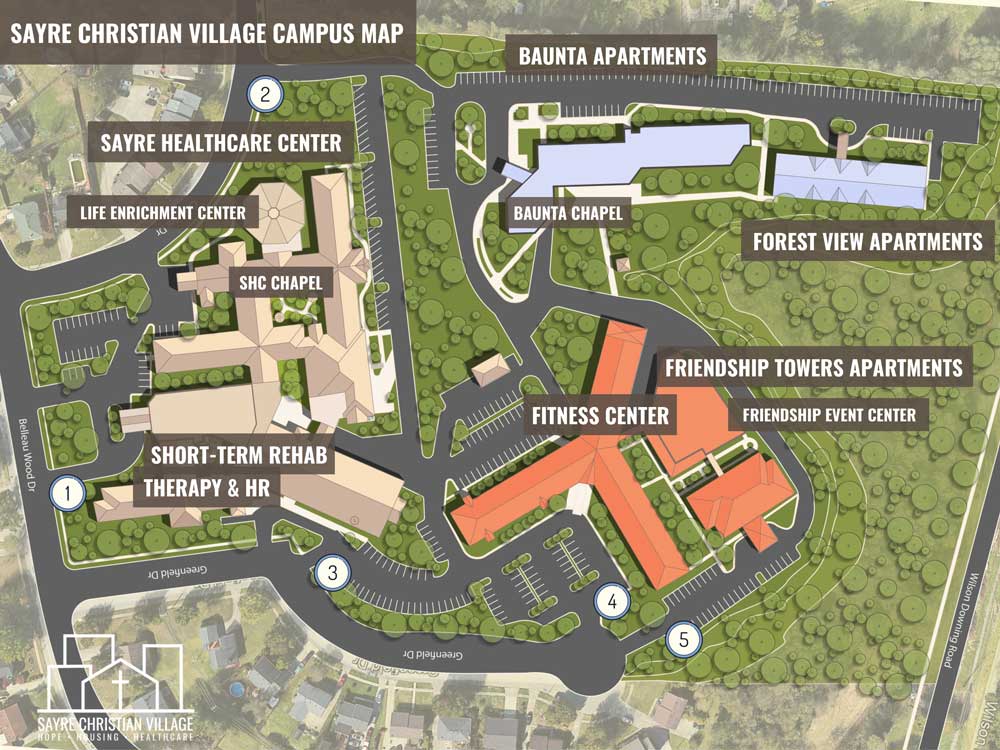Cheryl is a walking, talking MIRACLE.
According to the American Stroke Association, “Strokes can happen to anyone, at any age. In fact, globally about one in four adults over the age of 25 will have a stroke in their lifetime.” Cheryl Hicks was the one in four.
She doesn’t remember what happened.
Hicks doesn’t remember much of the day back in May when her strokes occurred, but it all happened very fast. Hicks had a brain aneurysm two days prior to the strokes and was back home in her Baunta Apartments when she felt something was wrong.
“I got up to use the restroom and I couldn’t walk…and that scared me. I called my daughter and I think she called the ambulance, and I went to the hospital (University of Kentucky Medical Center) and I don’t know what they done because I lost all of that. Then I came here, and I was lifeless, couldn’t get up out of the bed, couldn’t talk, nothing,” Hicks said.
Signs and symptoms of a stroke
The American Stroke Association uses the FAST acronym to recognize the signs and symptoms of a stroke:
F = Face Drooping; Does one side of the face droop, or is it numb? Ask the person to smile. Is the person’s smile uneven?
A = Arm Weakness; Is one arm weak or numb? Ask the person to raise both arms. Does one arm drift downward?
S =Speech; Is speech slurred? Is the person unable to speak or hard to understand? Ask the person to repeat a simple sentence, like “The sky is blue.”
T = Time to Call 911; If you have any of these symptoms or see someone else having them, call 911 immediately! Note the time when any symptoms first appear.
After the stroke, the only way that Cheryl could communicate was through facial expressions, gestures, and a communication board.
She felt trapped when she couldn’t express herself. “Oh, God. I can’t explain, it was awful. I got so frustrated to know that nobody could understand me. There were many times that I got mad. Really mad,” Hicks laughs.
Stroke road to recovery
Hicks had a combination of speech, occupational and physical therapy to help regain her functions. Speech therapy was the first program that she ‘graduated’ from.
Tim, one of her physical therapists, said that her speech progressed the quickest. “She was speaking very quietly and then we came back after the weekend and she was speaking like full volume, talking loudly, so surprising.’
One of her physical therapy activities is ball toss; she is learning to stand up without any support and having to concentrate on more than just aiming, she is tracking the ball and catching as well.
If you were looking at her today, you would have never known that she had concurrent strokes and was ‘lifeless’ as she says. She is walking with little assistance from her therapists, participating in ball toss without any problems, and has no struggles with speaking.
Rehab-to-home goal
Cheryl says she wouldn’t be here today without her team of therapists at Sayre Christian Village’s short-term rehab, her family, and her friends. She enjoys all her rehab activities, and her therapists never hear her complain.
As Cheryl prepared for her return home, her team of therapists conducted a home check to ensure the environment is safe and made recommendations such as adaptable and durable medical equipment and removed hazards such as rugs so she will have a safe home environment.
On October 18, the hallway was lined with staff from Sayre, congratulating her on her graduation from short-term therapy as she made her way back to her home at Baunta Apartments on the campus.
Reach out if you or a loved one is looking for a great outcome for your rehab-to-home journey. Our campus has many options from outpatient therapy to short-term rehab for your own success story.

